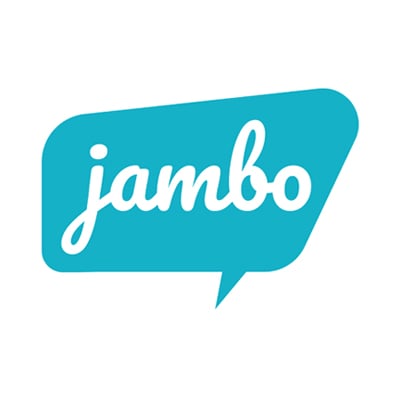
Des options d'engagement flexibles
Reconnaître que les gens ont des vies bien remplies et que les réunions traditionnelles ne conviennent qu'à certains d'entre eux.
Vous pouvez proposer des options d'engagement flexibles, par exemple en organisant des sessions en personne ou en ligne. Cela permet aux gens de s'engager à leur convenance, ce qui rend l'initiative plus accessible à un public plus large. Toutefois, il est important de ne proposer que quelques possibilités de participation en ligne, car les gens peuvent ne pas avoir l'accès ou les connaissances nécessaires pour utiliser la technologie.
Les réunions doivent être organisées à des moments opportuns (par exemple, en dehors des heures de bureau). Vous pourriez organiser des réunions à des heures et dans des lieux différents. Pensez également à éviter les périodes de vacances populaires dans la région.
Langue et accessibilité
La suppression des barrières linguistiques et d'accessibilité contribue à créer un environnement inclusif.
Veillez à ce que votre matériel d'engagement et vos réunions soient disponibles en plusieurs langues si nécessaire. Tenez compte des questions littéraires dans la région et de la manière dont vous pouvez mieux inclure tout le monde. Prévoyez des sous-titres pour les sessions en ligne (ou des options en langue des signes).
Tenez compte de l'accessibilité des bâtiments où se déroulent les réunions. Vérifiez si les installations sont difficiles d'accès pour les personnes handicapées et évitez les lieux difficiles d'accès pour les personnes n'ayant pas accès à un moyen de transport.
Instaurer la confiance et vaincre la peur.
L'instauration de la confiance est un processus à long terme. Le conflit passé entre votre organisation et la communauté cible peut expliquer la faible participation.
Commencez par reconnaître les problèmes ou les préoccupations du passé et engagez-vous à adopter une approche plus inclusive. Engagez-vous auprès des dirigeants et des organisations de la communauté pour qu'ils se portent garants de l'équité et de la transparence du processus. Aborder les problèmes ouvertement et s'efforcer de les résoudre, en montrant que la participation est appréciée et respectée.
Renforcer les groupes marginalisés
Reconnaître et traiter les déséquilibres de pouvoir qui peuvent résulter de l'engagement de la communauté et des parties prenantes.
Les gens peuvent ne pas avoir l'assurance ou la capacité de participer à un processus d'engagement. Les rassemblements publics conventionnels peuvent sembler accablants pour certaines personnes.
Rechercher activement la contribution des groupes marginalisés et leur fournir les ressources et le soutien nécessaires pour les aider à participer efficacement. Il peut s'agir de formations, de services de garde d'enfants, d'aides financières ou d'aides au transport.
Il est essentiel d'éliminer les obstacles à la participation à l'engagement des communautés et des parties prenantes.
L'élimination des obstacles à la participation à l'engagement des communautés et des parties prenantes est essentielle pour créer des processus décisionnels inclusifs, informés et efficaces.
En comprenant et en éliminant ces obstacles, en augmentant la sensibilisation, en offrant des options d'engagement flexibles et en instaurant la confiance, vous pouvez favoriser un environnement où la voix de chacun est entendue et valorisée.
L'intégration de la diversité et de l'inclusivité dans les efforts d'engagement communautaire permet en fin de compte d'obtenir de meilleurs résultats pour toutes les parties concernées.








